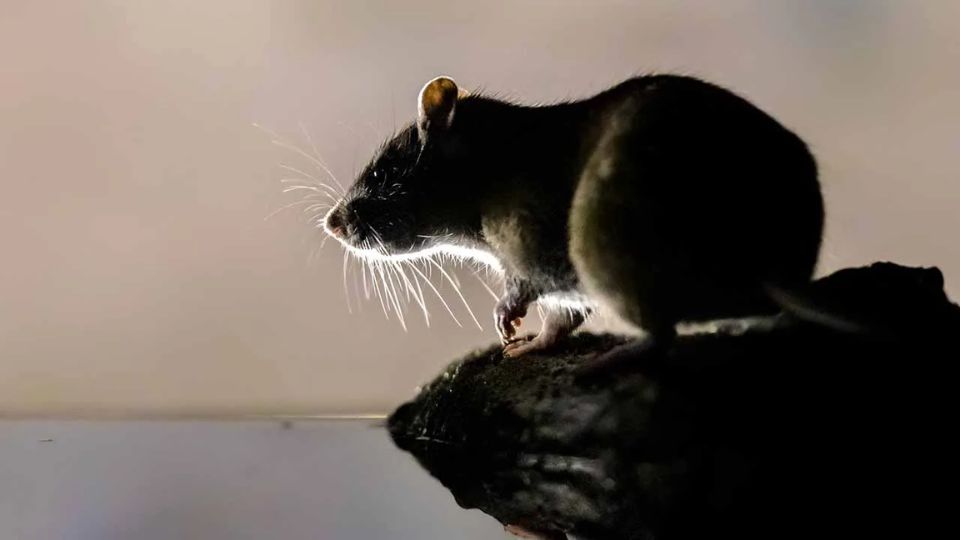Peregrine falcons are sitting on top of very tall buildings. Coyotes were seen on camera playing in someone’s backyard. A cabbage white butterfly with pale green wings is sitting on a flower blossom. A study published today in PLOS ONE reveals that urban areas have a lot of wildlife, which is increasingly affected by climate change. The study examined how climate change affects various animals in 60 of the largest cities in the US and Canada. It discovered that rising temperatures are causing many animals to leave their usual habitats and move to different areas.
“In a few years, the animals that eat from your bird feeder could undergo noticeable changes,” said Alessandro Filazzola, the main author of the study. He conducted the research while working as a postdoctoral fellow at the University of Toronto Mississauga’s Centre for Urban Environments.
Filazzola and his team used data from the Global Biodiversity Information Facility. This data comes from community science apps like iNaturalist and eBird. They used this data to make an estimate of how many species are currently in urban areas. They combined that information with climate projections from the United Nations called shared socioeconomic pathways, or SSPs. The researchers studied the effects on wildlife under three different situations.
The first scenario involved a moderate increase in temperature of 1.4C by 2100, which is in line with the Paris Climate Agreement. The second scenario involved a mid-range increase in temperature of 3.6C. The third scenario involved the most extreme possible increase in temperature of 4.4C, assuming continued use of fossil fuels. The planet has warmed by 1.3 degrees Celsius compared to pre-industrial levels.
Also read: 4 members family income needs to live comfortably in these 20 major U.S. cities
“We noticed that many cities are experiencing significant changes,” stated Filazzola. “A lot of species are coming and going.” According to the study, there are some general trends: Many types of animals, such as loons, coyotes, and amphibians, will become less common in the cities that were studied. The earthworm, which is found almost everywhere, was also included in the data. However, only one species of earthworm was observed. It is expected that the number of turtles, scorpions, and mice will generally increase, although vertebrates are declining overall.
“Ecologists already know that species are moving to different areas due to climate change, so it’s not surprising that this is also happening in cities,” said Carly Ziter, a biology professor at Concordia University who was not part of the study. “However, I haven’t noticed as much focus being given to it.”
Researchers discovered that even in the scenario with the least amount of warming, the cities studied can anticipate the arrival of at least 50 new species and the departure of 40 species. However, this change in species is not evenly distributed. Toronto is projected to lose between 40 and 195 of its estimated 888 species by 2100. However, it could also gain between 159 and 360 new species during the same period.
These changes are linked to higher rates of warming, which can lead to both increased species loss and gains. Quebec City and Omaha, Nebraska are expected to have the highest increase in new species and the lowest amount of species loss. On the other hand, cities like Atlanta, San Antonio, and Austin are predicted to have a net loss of species rather than a gain.



Leave a Reply